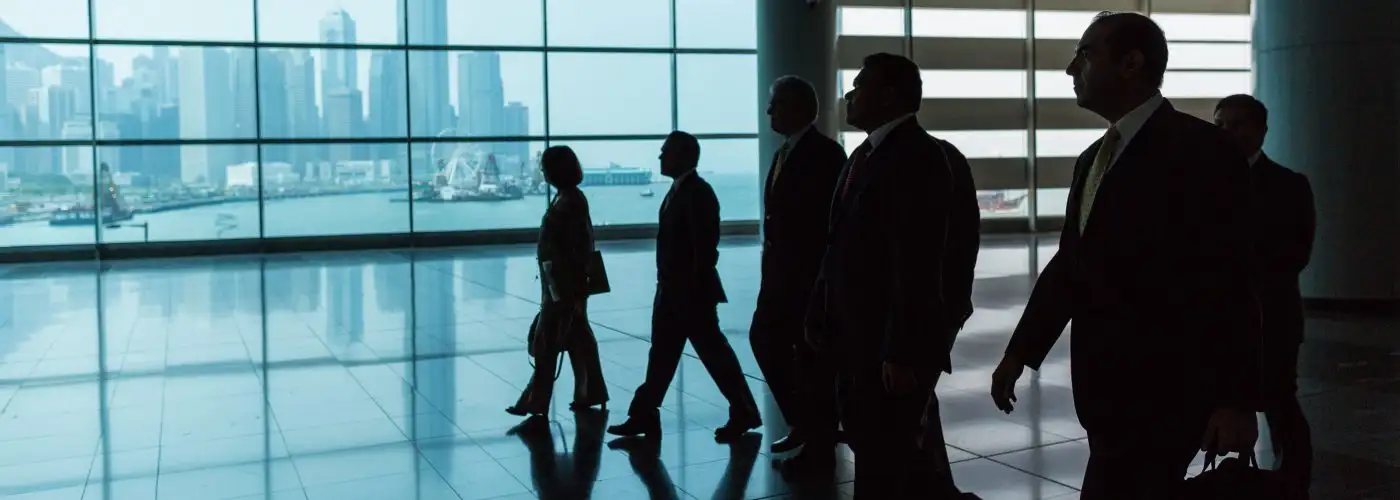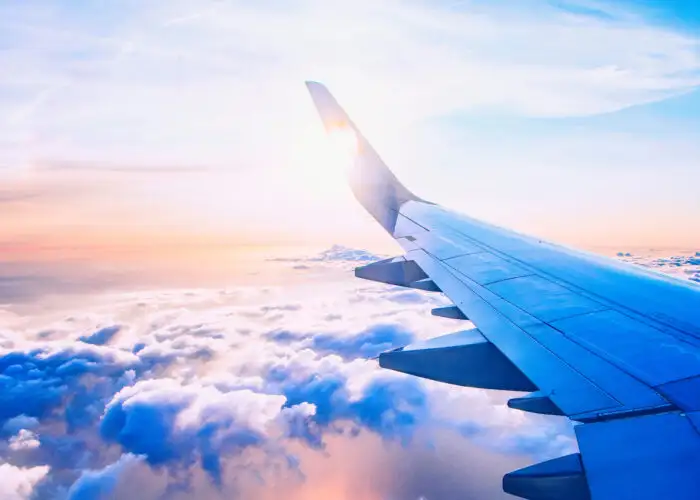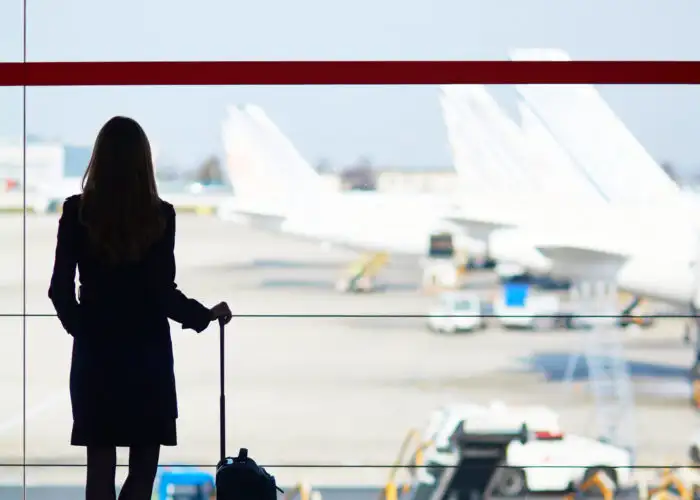It has been a publicly stated goal of the Department of Homeland Security to sign up 25 million members of the PreCheck and Global Entry prescreening programs. A big number, with a big payoff.
Increasing the numbers of travelers routed through the expedited screening lines would have multifold benefits. Most obviously, the prescreened flyers themselves would spend less time passing through the security checkpoints. Non-PreCheck passengers would benefit as well, from shorter lines. Airlines, burdened with reaccommodating thousands of delayed travelers who missed their flights, would also be delighted to see the checkpoint congestion eased.
Less stress. Fewer missed flights. Less time wasted in long lines. There’s plenty to recommend increasing the numbers of pre-cleared flyers. And yet, as of earlier this year, a paltry 2.5 million had been signed up.
A study conducted by the U.S. Travel Association found that the most significant disincentive to signing up for PreCheck is the $85 fee. Justifiable or not, the price is widely perceived to be too high. Accordingly, the USTA recommended that the DHS lower its price and simplify the application process.
A more radical proposal for increasing PreCheck enrollment was recently advanced by a professor of computer science at the University of Illinois, Sheldon Jacobson. Jacobson contends that making PreCheck free would not only increase enrollment, with its associated benefits, it would also result in a net savings for the Transportation Security Administration.
While that contention might elicit skepticism, his argument is straightforward. Waiving the enrollment fee for 25 million travelers who fly six or more roundtrips per year would save the TSA more money in labor and equipment ($459 million a year) than it would earn from the $85 fees ($425 million a year). Less revenue, but an even greater decrease in expenses, for a net gain of $34 million.
The complicating factor, of course, would be limiting the fee waiver to high-frequency flyers. But with a potential annual savings of tens of millions of dollars, that’s a problem worth solving.
More from SmarterTravel:
- ‘Expiring Miles Should Be Outlawed’ – And They Might Be
- If Thanksgiving Was Any Indication, Christmas Travel Will Be …
- Trump’s Pick to Head DOT Is Bad News for Travelers
After 20 years working in the travel industry, and 15 years writing about it, Tim Winship knows a thing or two about travel. Follow him on Twitter @twinship.
We hand-pick everything we recommend and select items through testing and reviews. Some products are sent to us free of charge with no incentive to offer a favorable review. We offer our unbiased opinions and do not accept compensation to review products. All items are in stock and prices are accurate at the time of publication. If you buy something through our links, we may earn a commission.
Related
Top Fares From Columbus, OH
Today's Top Travel Deals
Brought to you by ShermansTravel
Shop and Save with Country Inns...
Patricia Magaña
 Hotel & Lodging Deals
Hotel & Lodging Deals
$229 -- Chicago: Discounted Rates and...
Francesca Miele
 Hotel & Lodging Deals
$229+
Hotel & Lodging Deals
$229+
$188 -- Honolulu: Save on Oceanview...
Abigail Lamay
 Hotel & Lodging Deals
$188+
Hotel & Lodging Deals
$188+







